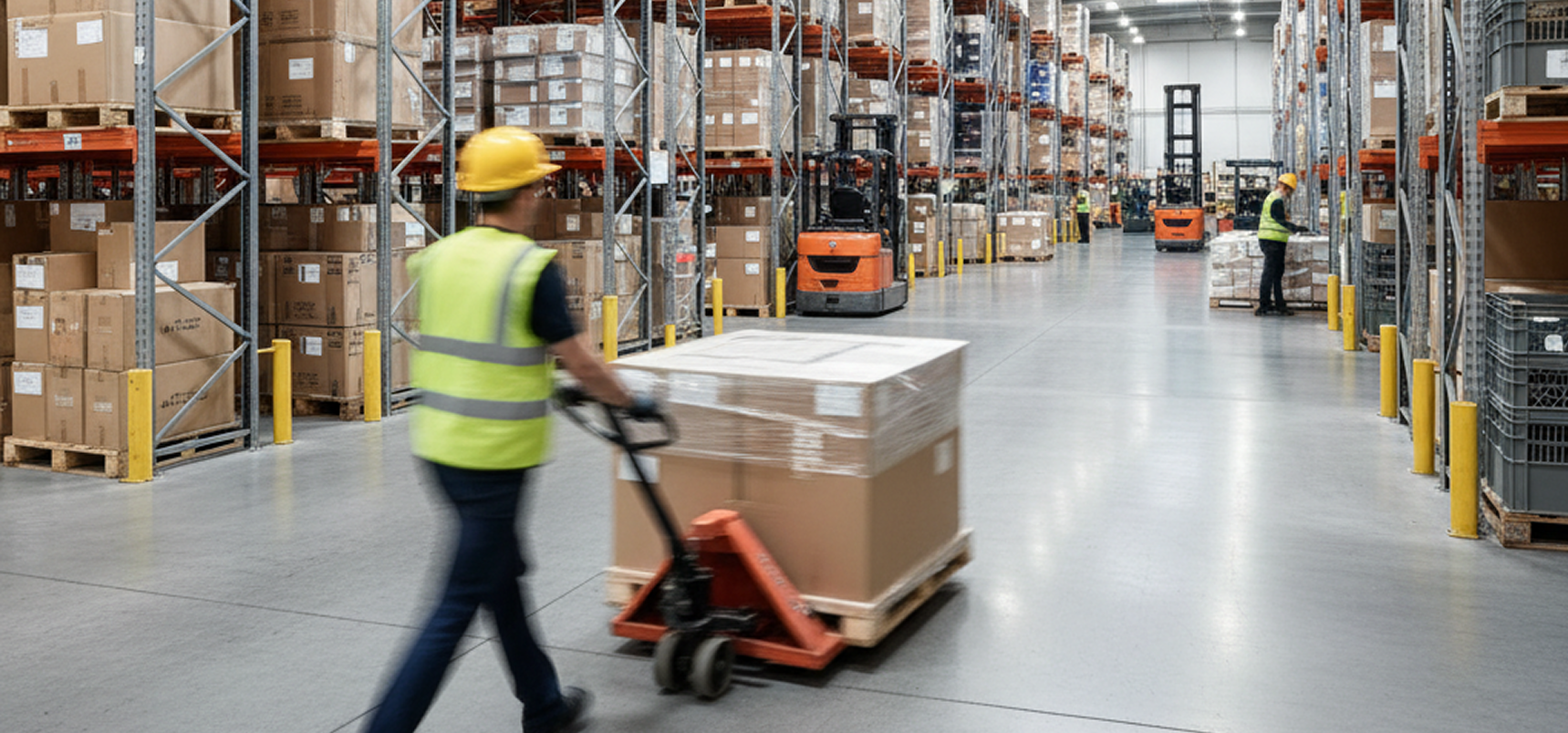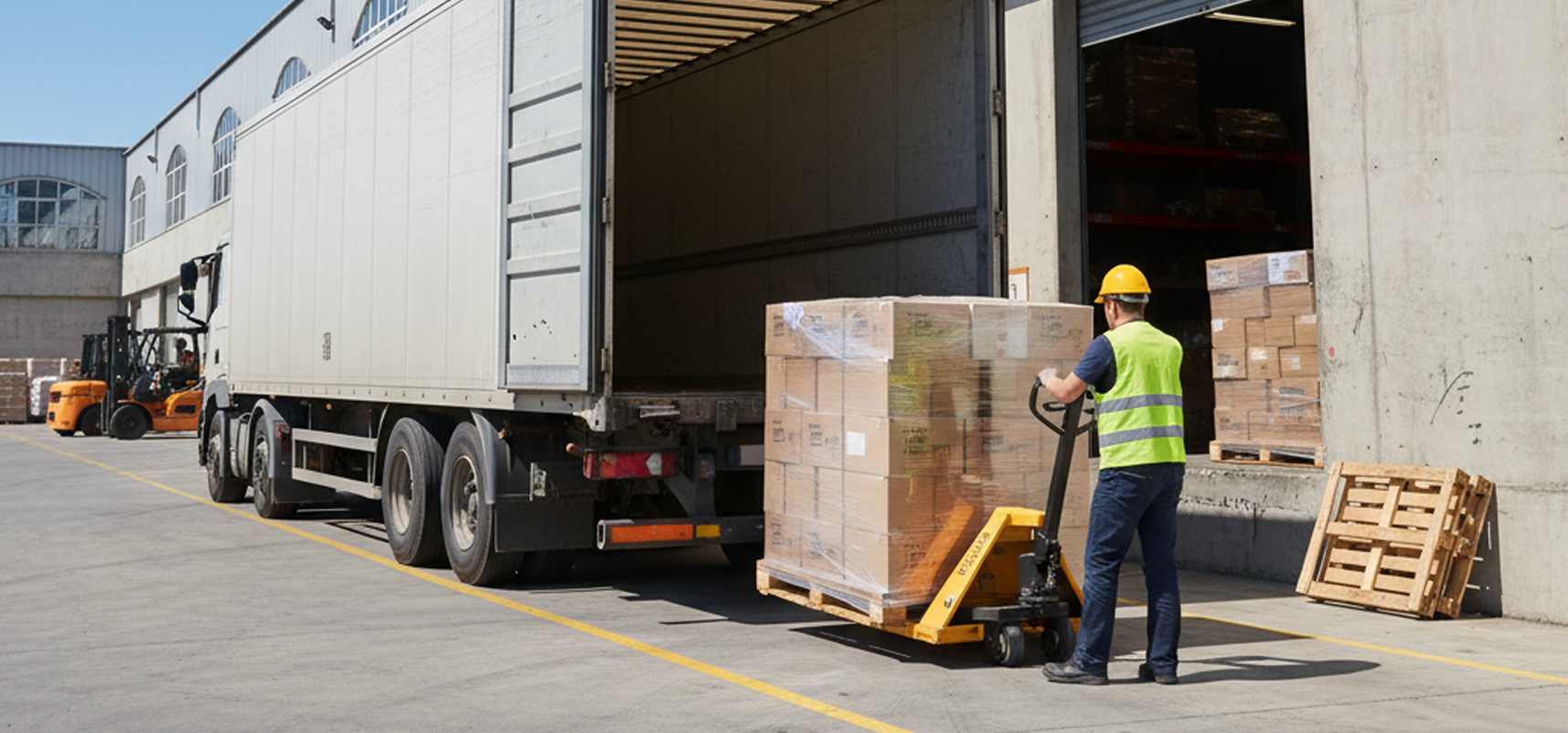Tehran has a well-developed metro system but faces significant road infrastructure deficits and heavy reliance on private vehicles, leading to traffic congestion and air pollution.
Population
Area
Density
113.7K
113,730
70%
67% of the European Union population is of working age (20–64 years) as of 2023.
Key industries include oil and gas, automotive manufacturing, petrochemicals, and electronics, with major corporations like National Iranian Oil Company, Iran Khodro, and SAIPA playing significant roles.
Tertiary attainment among young adults aged 25-34 in OECD countries increased from 45% in 2019 to 48% in 2024, placing it among the highest levels ever recorded.
Foreign Residents
The search results do not contain specific data about foreign residents' income in Tehran or any yen-denominated salary information.
Ethnic Composition
Foreign residents in Tehran surpassed in 2024 making up about % of the city population with largest groups from .
By 2025, Tehran’s metropolitan area sees over 8 million daily urban rail trips and 9 million bus trips, with millions commuting from suburbs to the city center for work.
Tehran continues to attract residents from other regions with a net inflow of BLANK people in 2024.
10.8K
The average annual income in Tehran is about 64.5 million yen though more than half earn less than this amount.

I don't have data on warehouse space vacancy rates in Tehran from the provided search results, which only cover Houston, New York City, and Russia.
Based on the search results, warehouse and building rental rates in Tehran range from $3,500 to $40,000 per month depending on size (450-5000 sqm), location (with premium areas like Darrous and Zafaraniyeh commanding higher prices), and facilities, with rates varying significantly across Tehran's 22 districts based on proximity to city center and access to transportation.
Tehran's major warehouse and logistics districts include areas around Shariati Avenue, Toos Avenue, and the vicinity of Iran Public Warehouses & Customs Services Co. in West Tehran.
Tehran's last-mile delivery infrastructure relies on a mix of traditional couriers, local pickup points, and emerging digital platforms, with increasing adoption of parcel lockers and micro-fulfillment hubs to address urban congestion and meet rising e-commerce demand.
Tehran's manufacturing sector is rapidly adopting AI-powered warehouse automation technologies, with over 150 companies implementing automated safety incident tracking systems that achieve 94% efficiency improvements and $2,500 monthly savings per company.
Cold storage facilities in Tehran, such as Kian Robat Karim and Akbarieh, offer specialized temperature-controlled environments for storing perishable goods, while also providing strategic locations for efficient logistics and distribution.

Manufacturing (automobiles, electronics, textiles, chemicals), oil refining, carpet and furniture sales, fashion industry, energy sector, and services which account for two-thirds of the workforce.
HANSA NAV DARYA Shipping Agency Co. ltd., NIK TAK CO. LTD., Iran-Europe Int'l Transportation Company, IRAN LAND & SEA. CO. LTD., JAHAN MOURA INTERNATIONAL FREIGHT FORWARDING CO. LTD, PERSIAN FORWARDING SERVICES CO. LTD., SEA-ROUGH PART, ROSHA RAH JAHAN INTERNATIONAL TRANSPORT CO. LTD., ARIA FARIN JAAM INTL CO., SAPRA TARABAR INTERNATIONAL TRANSPORTATION CO., Speed Cargo Int'l Transport & Forwarding & Shipping Ltd Co, Tehran co ltd intl. freight forwarders & air cargo services, Bar Baran Iran Intl. Forwarding & Shipping Agency Co, Bule Lotka Kish Int'l Shipping & Agency Co., RAD LOGISTICS DAYA, RADMAN TARABAR INTERNATIONAL TRANSPORT COMPANY, RAHBANAN CO. LTD. INTERNATIONAL TRANSPORT, RAHBARAN ABRISHAM ASIA
Tehran’s exports $80,900 million, imports $58,726 million, top exports petroleum oils, top partners not specified.
Supply chain resilience in Tehran faces significant risk factors such as external pressures, supplier disruptions, and limited digital integration, but can be strengthened through international partnerships, improved supplier relationships, and strategic planning for disaster scenarios.
Tehran has diverse local manufacturing capabilities spanning automotive, machinery, petrochemicals, mining, textiles, pharmaceuticals, defense, and construction, supported by a large workforce and significant industrial infrastructure.
Tehran’s main industry clusters are automobiles, electronics and electrical equipment, weaponry, textiles, sugar, cement, chemicals, oil refining, and fashion.
Tehran’s key competitive advantages as a logistics/business hub are its strategic geographic location connecting Asia, Europe, and the Middle East, advanced transport infrastructure, large educated workforce, and concentration of major industries and technology companies.
Detailed evaluation of Tehran's infrastructure quality, investment projects, utility systems, and environmental considerations for strategic planning.
Infrastructure quality and capacity in Tehran are strained, with significant challenges in water supply and transportation management.
Tehran is planning over 100 large-scale infrastructure projects focused on metro expansion, industrial diversification, renewable energy, air pollution control, waste recycling, and attracting foreign investment.
Tehran's utility infrastructure faces challenges, particularly in power due to frequent outages and reliance on natural gas, while water and internet services are generally available but may vary in quality and reliability.
Key environmental factors affecting logistics in Tehran include severe air pollution from vehicles and industry, frequent traffic congestion, poor fuel quality, energy-intensive industries, and geographical features that trap pollutants.